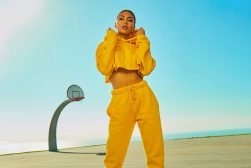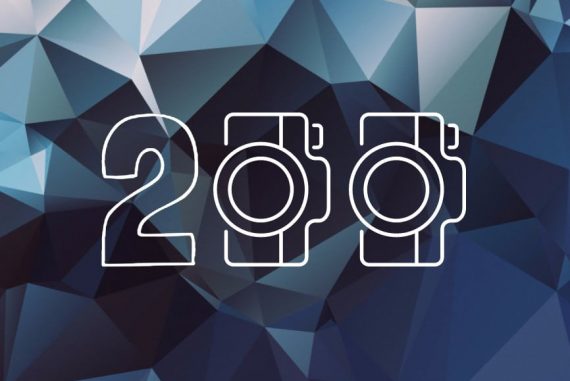
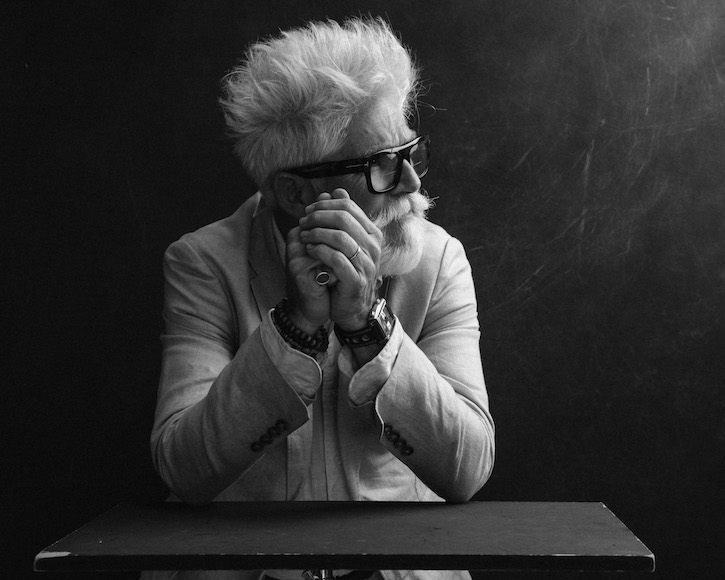

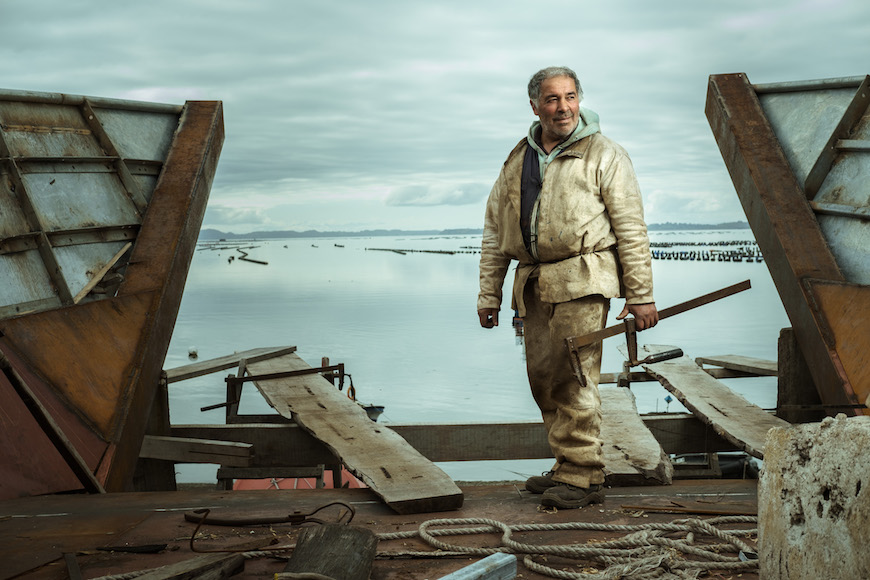

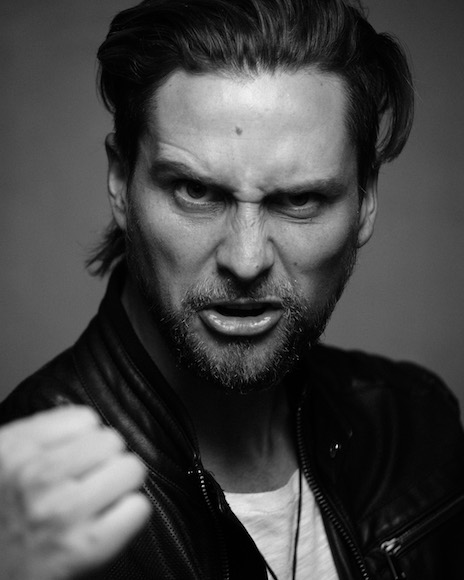
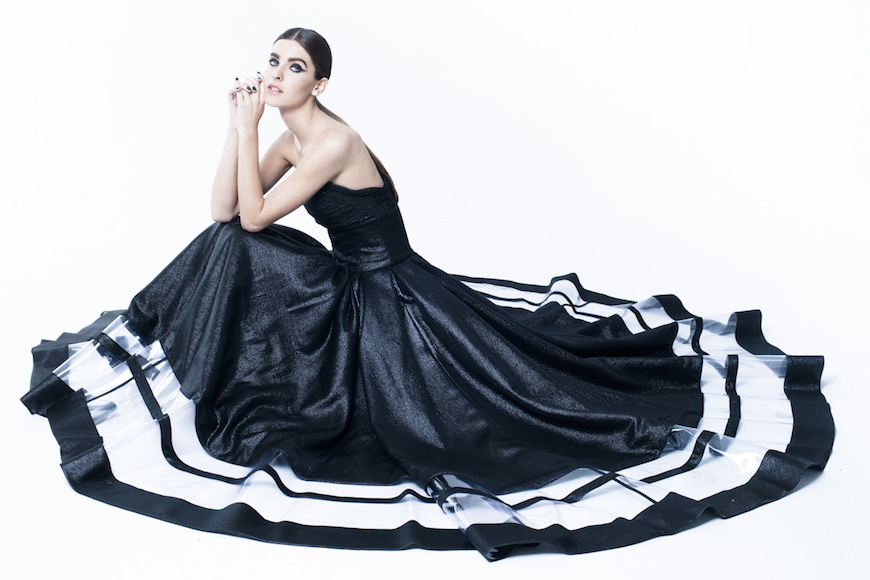




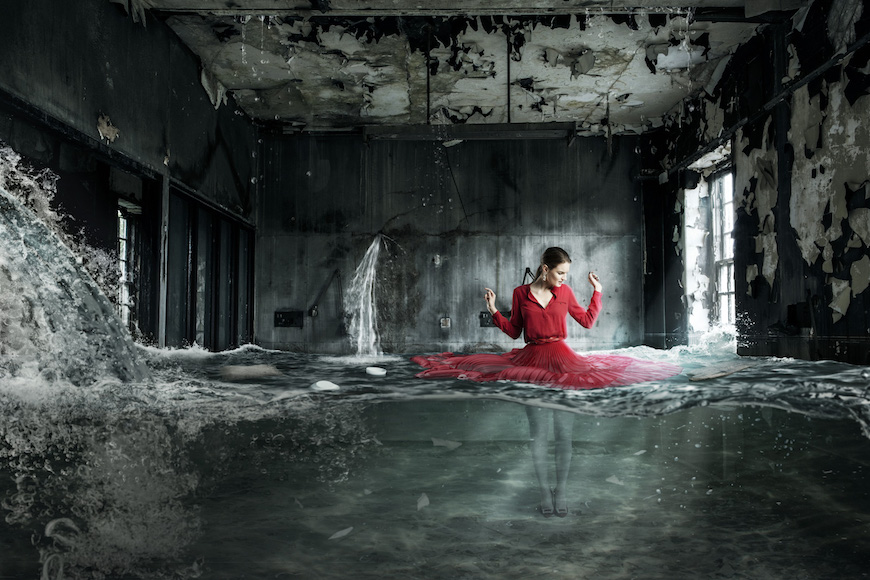
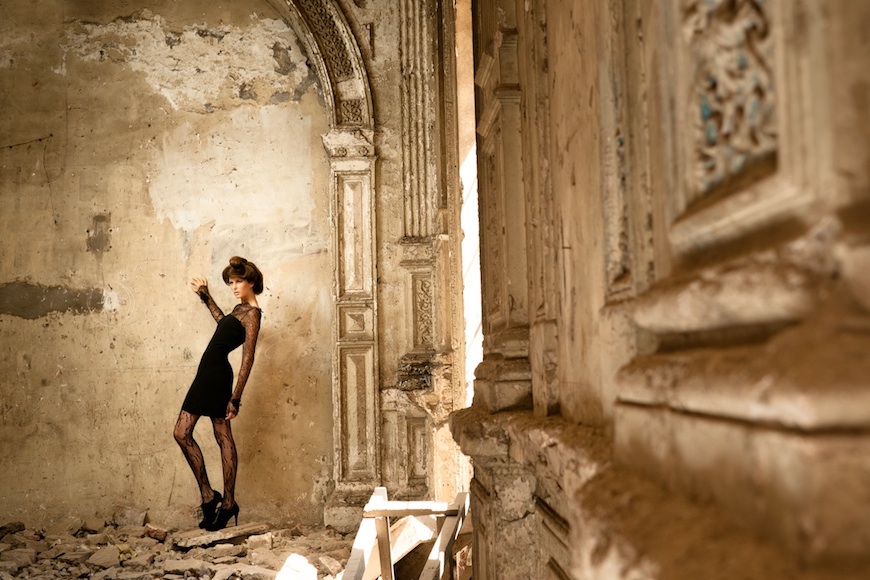

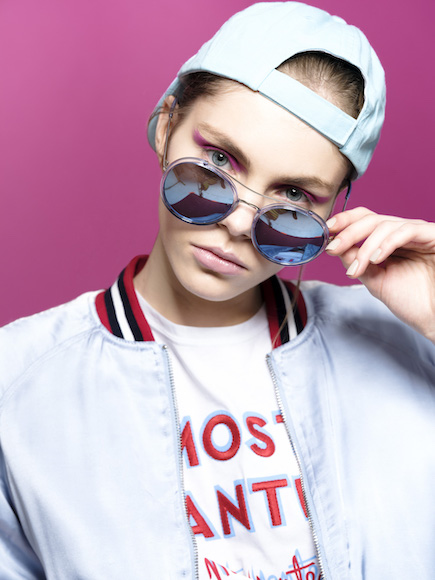
Pablo Wilson
Fashion | Last Updated: May 22, 2023
I’m Pablo Wilson, a portrait, fashion, and advertising photographer. I became interested in photography at a very early age when my parents gave me my first camera, a Polaroid 1000. It’s the one where Instagram got its first logo.
Since that day, I’ve always been into photography, and my professional photographic life started about twenty years ago, so it has been a really long time!
Mostly I like working with people, and I don’t really care about what kind of photography I find myself shooting. What I really enjoy are impromptu portraits or really simple setups.
I can safely say that I’m one of those people who love their job and will probably never retire. Just like Elliott Erwitt said, “I’m a photographer with a considerable hobby, which is photography.”
A few years ago now, I was unfortunately robbed, and the thieves broke into my studio and stole well over thirty grand of gear that I had accumulated over the years.
I could not stop crying over this loss, and I decided to buy only enough gear for shoots that I was commissioned for. I’ve purchased about one-eighth of the gear that I had, and I’m sincerely happier with this less.
I hated having all that stuff, and it was probably getting in the way of making pictures.
Presently I’m continuing on this minimal approach to gear. Less is more, and you can check out my series of portraits that I did in under thirty minutes with one camera, one light, and one modifier https://www.pwlphoto.com/menos-de-30-minutos-con, great results!
My first professional camera was a Mamiya RZ67 ProIID, then I went to the Nikon full frame system (D2, D3, D4, D810), and then along came Fuji!
Fuji kindly loaned me a camera (Xpro2) for an assignment that I had traveling through South East Asia and Australia in 2017. It was a month-long trip, and I took the chance with this system that I had never used before, with a body and three lenses.
When I returned, it was like, “Ok, where do I sign.” I’ve been using Fuji cameras ever since.
Cameras
Fujifilm X-T3 – this is my main professional camera that is a very intuitive system with knobs :) I just love the old-school controls on my cameras.
Fujifilm X-Pro2 – this is probably my favorite camera and the one that’s actually with me all of the time. It was my first Fuji camera after being a long-time Nikon user. Absolutely love it!
Fujifilm X-S10 – this is my video camera. It has great AF, stabilization, a flip-out screen, a small form factor, and great colors like all Fuji cameras.
Lenses
These are my go-to lenses, and they are small and light, with super fast AF, and they have great color rendition.
Fujifilm XF 35mm f/2 R WR
Fujifilm XF 50mm f/2 R WR
Fuji 80mm macro lens 10-24mm f/4
I have always used Profoto for lighting, they are great lights, albeit a little expensive, but they have always proven their value over and over again. They just work and have a great user interface.
I use a Profoto Air Remote Trigger that is designed for Fujifilm and has some outstanding features. I also have all sorts of Profoto monolights and modifiers – D1 500ws, B1x, B10, and D2.
I only use a strap on my everyday camera, the X-Pro2, which is an Amunche, as I don’t like straps on my studio cameras. My gear is all carried in either a Lowepro or Thinktank bag.
My work with photos is all done out of my Macbook Pro , and I edit with Lightroom Classic and Photoshop CC. I tend to shoot while connected to my Macbook with Tether Tools cables, where no dongles or adaptors are required.
I always carry masking tape, lots of AAA and AA batteries, headache and stomach ache medicine (nothing worse than feeling terrible on a shoot), water, and a scrubs hat for my hair.
I’ve enjoyed my journey far more than I could ever have imagined as I have traveled all over the world working on this beautiful craft, and I’m super thankful for that.
I feel that all of what I used to know is changing very quickly and unexpectedly, so I’m kind of a little anxious about it all. I hope that I can have the ability and humility to accept these changes and go to great new places with this job that I truly and sincerely love.
Presently I have my YouTube channel, which has been a great outlet and a way to teach photography to anyone who’ll listen.
Hope you like the photos, and I’ll see you around!
Best to all of you.
www.pwlphoto.com | @pablowilsonphoto
How I Became a Fashion Photographer
I guess I always had this idea that I would be a photographer. Originally, I wanted to work at National Geographic magazine. Frankly, I never even tried to work there… I was always interested in photographing people, so I wandered into other areas of photography and, quite late, settled on fashion photography.
This is a competitive, closed, and highly sought-after kind of photography. So, it’s not easy to get into it.
As fate would have it, my big break was a very lucky one. I had arrived in Chile after living in the States for a few years. A couple of months go by and every magazine is booking photographers for their winter issues. Every fashion photographer is taken (there were not that many around at that time in Chile).
Two days before the photoshoot starts, one of them lets them know he won’t be able to make it. Vanidades magazine has NO photographer! He’s definitely out…
That very same day, I had met with another fashion magazine’s stylist to show her my work and just let her know that I was available for work. Vanidades stylist calls her to see if she knows any fashion photographers available; she tells her that she just met me and she liked my work (mostly test shoots and a couple of editorials). Long story short, two days later, I’m working with Manena (Vanidades stylist and a few years later, my partner) on their winter issue.
We immediately had great rapport and started working together. We’ve photographed over 150 editorials for every magazine that has existed in Chile over the last 15 years. Many covers and everything in between.
This led to me working with other stylists and magazines as well. I always made sure to know what kind of photos each magazine liked and allowed, who would let me get away with sexier or riskier shots, which magazines would be ok with adding pages if the story lent itself to it, etc. Basically, know my client.
For over 10 years, I shot at least two editorials every week. It was probably the most challenging photographic lesson I’ve had in my life. Working for different franchises like Cosmopolitan, Hola!, Seventeen or Woman’s Health meant that I had to adapt each time.
Working with different stylists, fashion editors, makeup artists or models is always a new experience. Different teams for different magazines or editorials inside the same magazine. Right now, I’m shooting less fashion since there are almost no magazines left in Chile. Sad but true. I still do fashion campaigns and advertising, but not many editorials.
It was great fun and it taught me a lot.

Check out these 8 essential tools to help you succeed as a professional photographer.
Includes limited-time discounts.








